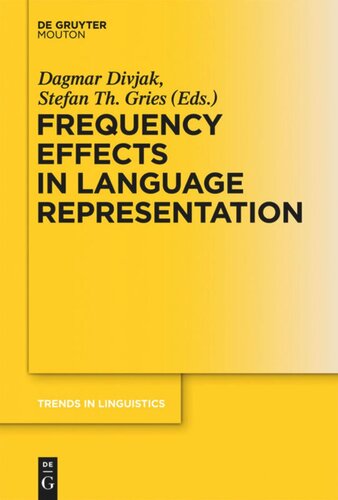

Most ebook files are in PDF format, so you can easily read them using various software such as Foxit Reader or directly on the Google Chrome browser.
Some ebook files are released by publishers in other formats such as .awz, .mobi, .epub, .fb2, etc. You may need to install specific software to read these formats on mobile/PC, such as Calibre.
Please read the tutorial at this link: https://ebookbell.com/faq
We offer FREE conversion to the popular formats you request; however, this may take some time. Therefore, right after payment, please email us, and we will try to provide the service as quickly as possible.
For some exceptional file formats or broken links (if any), please refrain from opening any disputes. Instead, email us first, and we will try to assist within a maximum of 6 hours.
EbookBell Team

4.7
86 reviewsThe volume explores the relationship between well-studied aspects of language (constructional alternations, lexical contrasts and extensions and multi-word expressions) in a variety of languages (Dutch, English, Russian and Spanish) and their representation in cognition as mediated by frequency counts in both text and experiment. The state-of-the-art data collection (ranging from questionnaires to eye-tracking) and analysis (from simple chi-squared to random effects regression) techniques allow to draw theoretical conclusions from (mis)matches between different types of empirical data. The sister volume focuses on language learning and processing.